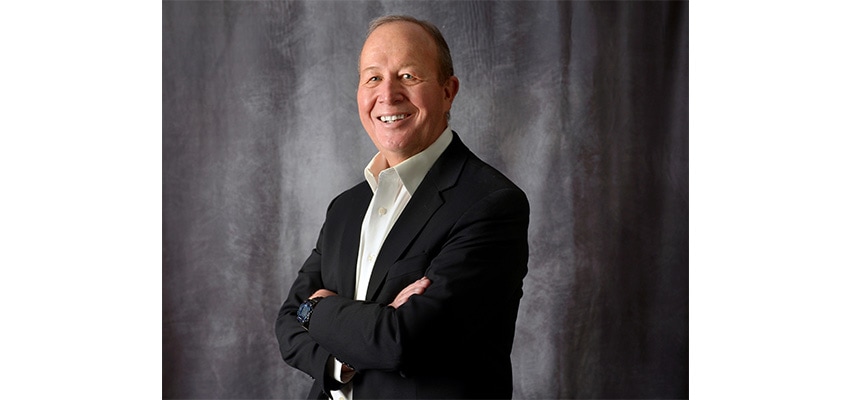Welcome to Peoria Magazine’s Farm and Garden issue.
And welcome to the Community Impact Guide, a comprehensive directory of the region’s not-for-profit and philanthropic endeavors.
It may seem like an odd coupling, but if one pauses to ponder, it makes a certain sense.
Indeed, Illinois farmers are a formidable economic force, and they help feed the world. If that’s not a social service, what is?
In planning Peoria Magazine 2.0, one point on which there was universal consensus was that we needed an anchored agriculture section. We call it Seed & Soil.
Arguably, agriculture is an underreported industry, especially in general interest media where it long ago disappeared as a regular beat. If there is an “urban-rural divide” in need of bridging, perhaps that helps explain it. We are surrounded by fields and crops, which we too often take for granted, even dismiss despite the technological sophistication and business savvy required of their owners to successfully compete today. We hope to help change that.
In fact, Illinois agriculture and its spinoff industries generate tens of billions of dollars in economic impact annually, according to the Illinois Farm Bureau. Agribusiness supports nearly half a million jobs in the state, not only directly on the land but in food processing plants, manufacturing facilities, related service industries, exports, etc.
Illinois’ 72,500 farms occupy 75 percent of the state’s landmass, which brags some of the most fertile soil on Earth. It was meant to feed us, and it does, in abundance. Not only does it produce massive amounts of corn and soybeans, but Illinois is the nation’s top grower of horseradish and pumpkins, too.
It has long been my opinion that central Illinois’ economy will sink or swim on biotech, taking the plants we grow and finding new commercial uses for them.
Beyond the public contribution, for me it’s personal.
A lot of guys my age golf. I garden.
There’s just something about working the soil, the aroma of it after a spring rain, placing the seed in the ground with your own fingers, watering it, weeding it, watching it grow and produce fruit. It is effort, I suppose. It also provides a sense of accomplishment as few other activities do.
Gardening also runs against the grain of a fast-paced world in which most of the population seems to suffer from attention deficit disorder. It requires patience, experimentation, creativity, precious little of which is cultivated on an iPhone. So call me a contrarian.
And the return on investment?
Longtime neighborhood advocate and former Peoria Councilwoman Marcella Teplitz writes in this issue about her father coming home from a hard day’s work at the factory and immediately trotting out to the garden with salt shaker in hand, picking a ripe tomato off the vine, and devouring it right then and there. I defy anyone to tell me a store-bought tomato, shipped from who knows where, is as tasty and nutritious.
I can identify. I grew up in Springfield next door to my grandmother, who lived to age 103 on a narrow, deep lot of more than an acre not far from the main gate of the Illinois State Fairgrounds. Back during the Great Depression, the entire property – which I dutifully mowed as a kid — was gardened. Post-harvest was dedicated to canning just about everything that came out of it. If that garden didn’t deliver, the family didn’t eat.
That situation would be unimaginable for the vast majority of us today.
Beyond the sustenance, there’s the payback of the beauty gardening produces and the message it sends.
I am reminded of Judy Crawford, who is long gone but whose acquaintance I made back in the 1990s. I was driving in downtown Peoria one hot, humid early summer morning when I came across her on hands and knees, pulling the weeds around the flowers she’d planted on the corners of Adams and Jefferson where they met I-74. Judy did this well into her 80s, shaming people a quarter her age and a city that otherwise paid little attention to her toil. She didn’t own those little plots of land. She did not profit from them. She was just taking care of her little corner of the world. She was an inspiration to me, in a way I may someday get into in this space. A statue celebrating her example would be more than appropriate on Peoria’s Near North Side.
In any case, from the Sharkeys building a media empire from their Bradford-area farm to Adam Sommer and his country brewery, from the South Side’s Budded Mattah to Chillicothe’s Blue Ridge Farm concert venue, I hope this issue resonates. And with any luck, my grandsons will be helping me pick a bumper crop of tomatoes come August.

Mike Bailey
[email protected]




